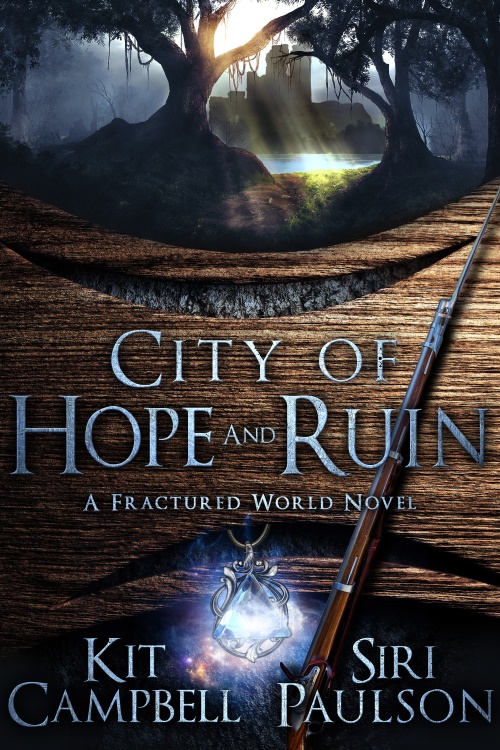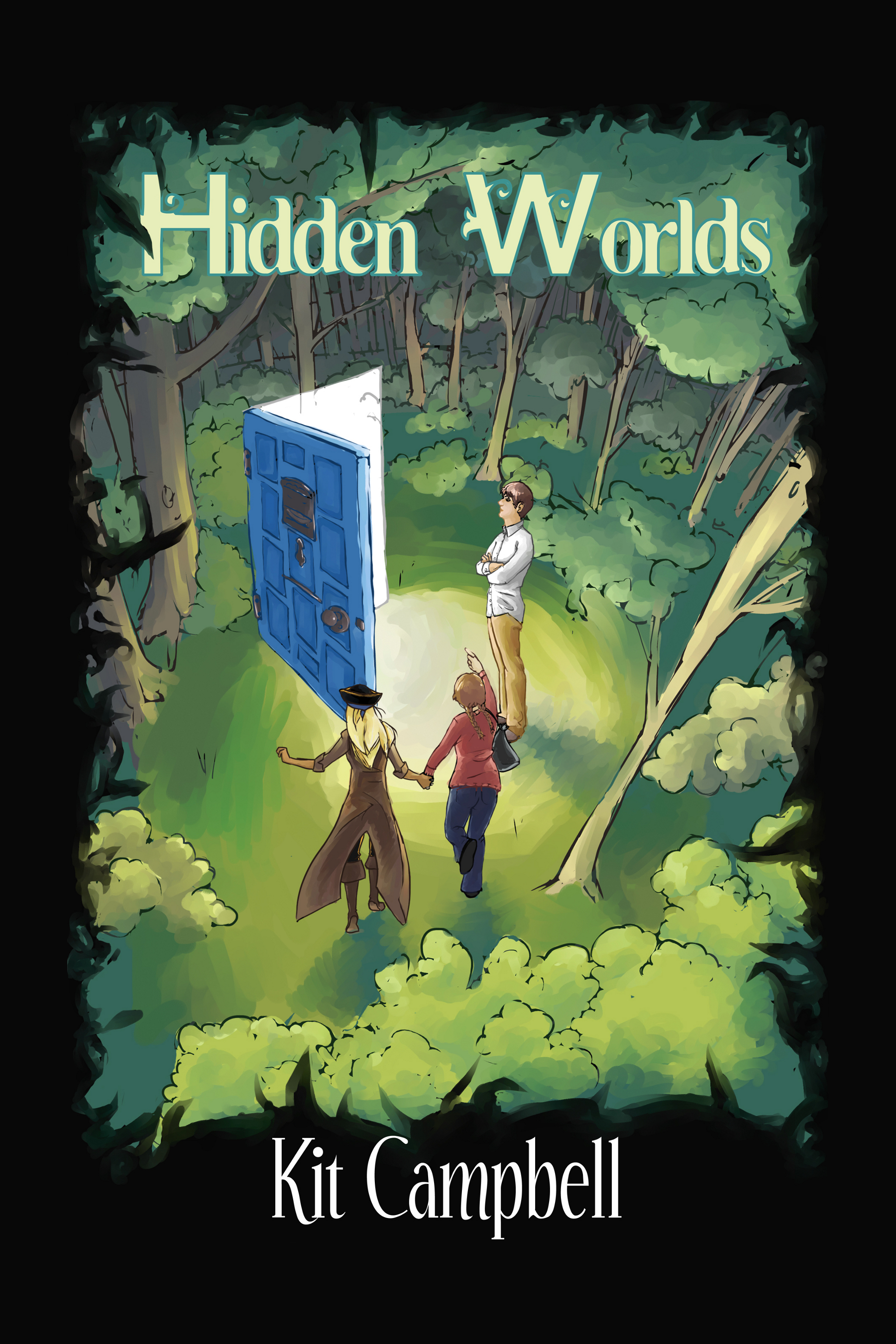Moving on in our Foundation readalong, today we’re going to discuss the second book, Foundation and Empire. Last time, with Foundation, I speculated about how Asimov had written the book, and the answer was given to me in a forward that Asimov wrote in my edition of this book. (I have the 1983 version, which has some truly horrific front cover art.)
And essentially, Asimov says that the entire original trilogy was made up of (increasingly longer) short stories, originally published in magazines, which is probably why it reads like it does. Foundation had four stories; Foundation and Empire has two.
And someone remind me–was the Second Foundation mentioned at all in the first book? I feel like it’s suddenly become a fairly major plot point out of nowhere.
So, Foundation and Empire is made up of two distinct stories, two distinct crises. For those who are reading this but not reading along, the basic plot here is that the Galactic Empire was falling apart, and Hari Seldon, who was a psychohistorian (and I am taking an online psychology course, and the professor said something about psychohistory and I did a double-take), uses math to predict the course of human society and to come up with a plan to lower the dark ages between empires from 30,000 years to 1,000 years. And so he engineers a Foundation, which will manage this, though purely through Seldon’s manipulations and predictions.
The first book covers the founding of the Foundation, as well as the first three “Seldon crises.” Society automatically changes so that the Foundation endures and grows in power, according to Seldon’s predictions.
The first half of Foundation and Empire focuses on the fourth Seldon crisis. I found this one a little unsatisfying, honestly, because in previous stories the viewpoint characters were directly working to change society so that the Foundation survived the crisis. The viewpoint character here, though he tries, accomplishes nothing, and the crisis is automatically resolved without him. The only thing that seems to be of note is that this is a direct confrontation between the remains of the Empire and the Foundation. (Hence the name of the book, I assume.)
The second half is more interesting. An external crisis, one that Seldon didn’t account for in his calculations, ruins the whole thing. The Foundation falls. The Empire falls. It sets up nicely for the third book, and I’m interested to see what the Second Foundation is like.
Also of note, in the discussion for Foundation, Ian brought up how sexist the book was. And he was absolutely right. The first book has exactly two women in it, both of who are easily distracted by fashion. In the second half of Foundation and Empire, one of the main viewpoint characters–the most main, I would say–is a woman. And while there are the occasional throw-away comments that kind of made my eye twitch, she’s actually presented quite well, considering the time period (late ’40s for the original short story publication). In fact, she figures out the plot twist, saves the entire thing, and is probably the strongest character in that part of the book. So good on you, Mr. Asimov.
Reading along, Squiders? What did you think of the book? How did Bayta’s characterization strike you?
Discussion for Second Foundation will go up in early May.



